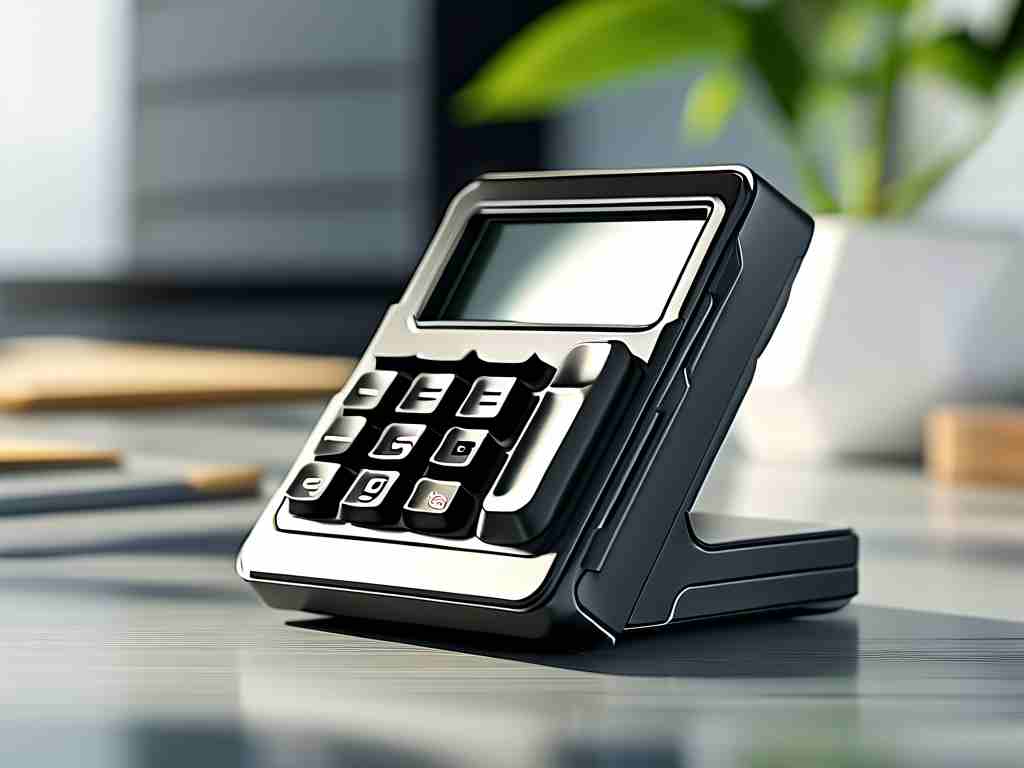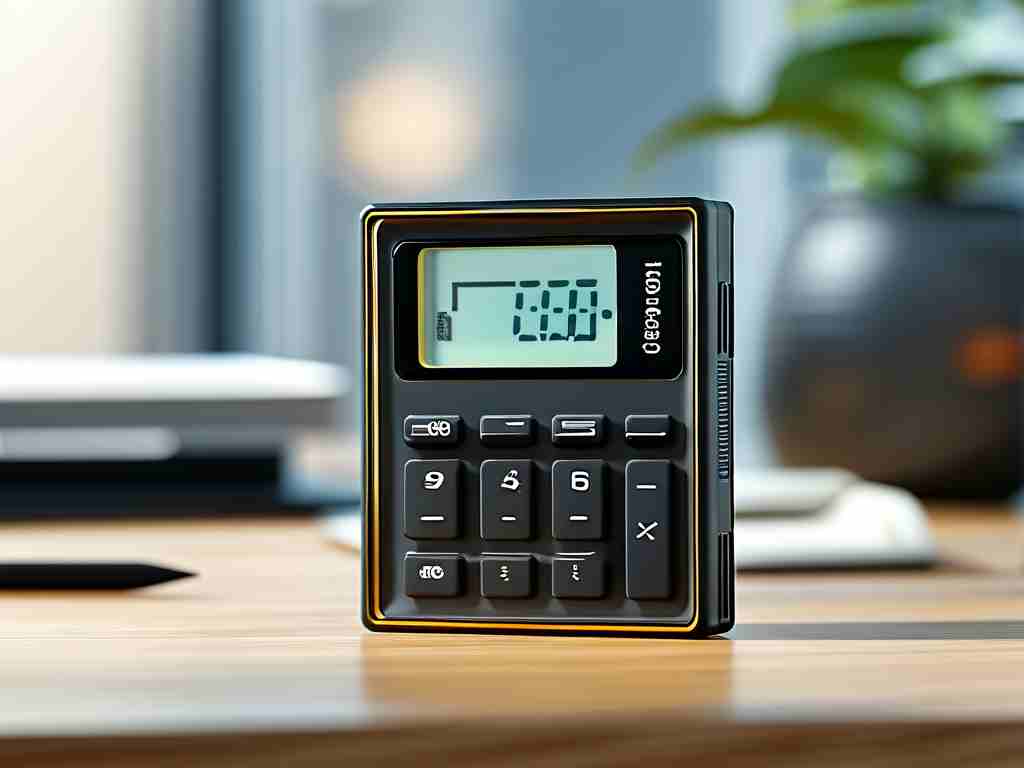In today's digital age, calculators equipped with memory cards offer a blend of traditional computation and modern storage capabilities, making them invaluable tools for students, engineers, and professionals. These devices, often seen in scientific or graphing calculators like those from Texas Instruments or Casio, integrate microSD or proprietary cards to extend their functionality beyond basic arithmetic. Understanding how to use a calculator with a memory card can enhance efficiency, allowing users to save complex formulas, datasets, or even custom programs for later retrieval. This guide walks through the essentials step by step, ensuring you maximize this feature while avoiding common pitfalls.

First, it's crucial to identify if your calculator supports memory cards. Most models with this feature have a dedicated slot, typically labeled or found under a small cover on the side or back. For instance, on a TI-84 Plus, you'll locate a slot that accepts microSD cards. Before inserting the card, ensure it's compatible; many calculators work best with cards formatted to FAT32, which you can do using a computer. Simply plug the card into a card reader, right-click in your OS file manager, and select "Format" to choose FAT32. This step prevents errors during use. Once formatted, gently insert the card into the calculator slot until it clicks into place. Avoid forcing it, as misalignment can damage both the card and device. Power on the calculator, and it should automatically detect the card, displaying a confirmation message or new storage options in the menu.
With the memory card installed, you can now leverage it for storing and accessing data. Say you're working on a lengthy physics equation or a statistical analysis; instead of re-entering everything each session, save it directly to the card. Navigate to the "Memory" or "Storage" section in your calculator's menu. For saving, select "Save As" and choose the card as the destination. You might type a descriptive filename like "Project_Data" to keep things organized. Calculators often allow multiple file types, such as programs written in TI-BASIC or datasets in CSV format. For example, after solving a series of integrals, hit the save function, pick the card, and your work is securely stored. To load data later, go to the "Open" or "Load" option, browse the card's contents, and select the file. It instantly appears on screen, ready for editing or computation. This process mirrors how you'd handle files on a computer but tailored for portable math work, saving precious time during exams or fieldwork.
Beyond basic saving and loading, memory cards enable advanced features like backing up entire calculator settings or sharing resources with peers. Imagine collaborating on a group project; you can export your custom program to the card, hand it to a classmate, and they can import it into their own device. To do this, use the "Export" function under the programming menu, selecting the card as the output. Similarly, for backups, regularly copy critical files to the card to safeguard against accidental resets or battery failures. Some calculators even support running apps directly from the card, such as graphing tools or educational games, which you can download from manufacturer websites. Transfer these files via USB to the card while it's in a computer, then reinsert it into the calculator for seamless execution. This versatility transforms a simple calculator into a powerful hub for learning and productivity.
However, using a memory card isn't without challenges. Compatibility issues can arise if the card isn't formatted correctly or exceeds the calculator's capacity limit—typically 32GB for older models. Always check your device's manual for specifics. Also, beware of corruption; sudden removal during operation can corrupt data. Always use the "Eject" option in the menu before pulling out the card. For troubleshooting, if files don't load, try reformatting the card on a computer or updating the calculator's firmware through the manufacturer's site. Security is another consideration; since cards can be removed, sensitive data might be accessed by others, so avoid storing personal information unless encrypted. In educational settings, teachers often emphasize these best practices to prevent data loss during high-stakes testing.
In daily use, the benefits shine through. Students report saving hours by reloading saved equations during study sessions, while engineers appreciate the ability to archive complex calculations for audits. For instance, one user shared how a memory card helped them recover a lost dataset during a lab experiment, turning potential disaster into a minor hiccup. Over time, this feature encourages better organization—creating folders on the card for different subjects or projects keeps everything tidy. As technology evolves, newer calculators integrate wireless syncing, but memory cards remain a reliable, low-cost solution for offline access. Ultimately, mastering this tool not only boosts accuracy but also fosters a deeper engagement with mathematical concepts.
To wrap up, incorporating a memory card into your calculator routine is straightforward with the right approach. Start by confirming compatibility and formatting, then practice saving and loading data to build confidence. Remember to handle the card carefully and maintain regular backups. This guide provides a foundation, but experimenting with your specific model will uncover even more efficiencies. Embrace this feature to transform your calculator from a basic tool into an intelligent companion for all your computational needs. By doing so, you'll join countless users who've elevated their productivity through smart storage solutions.


